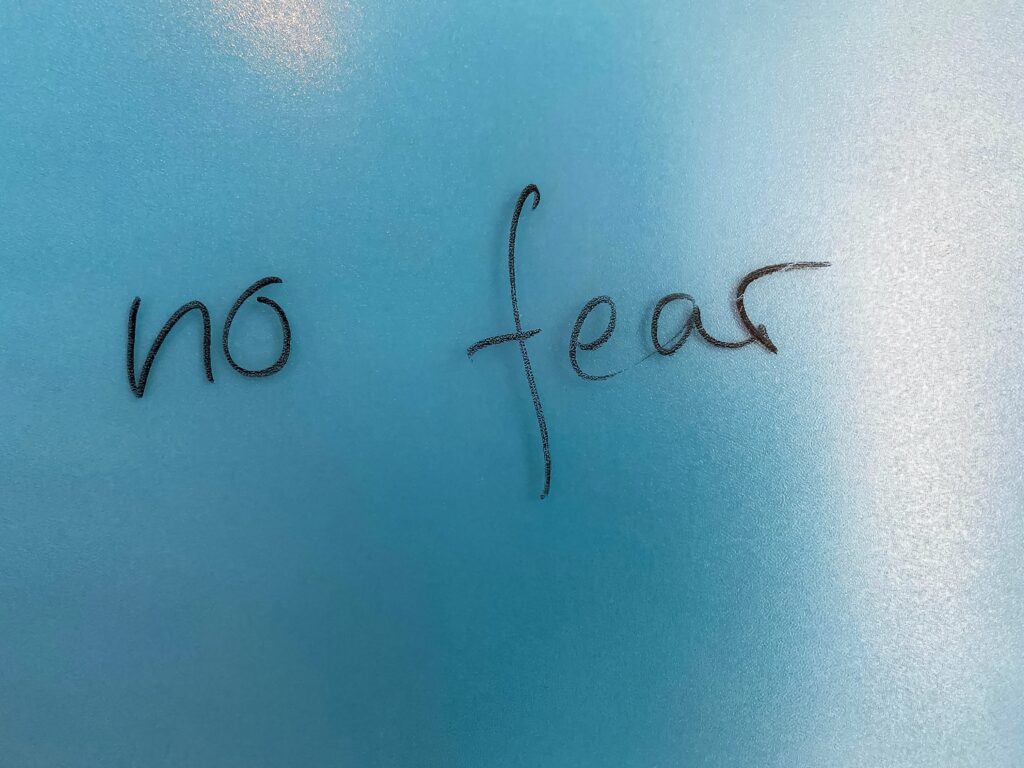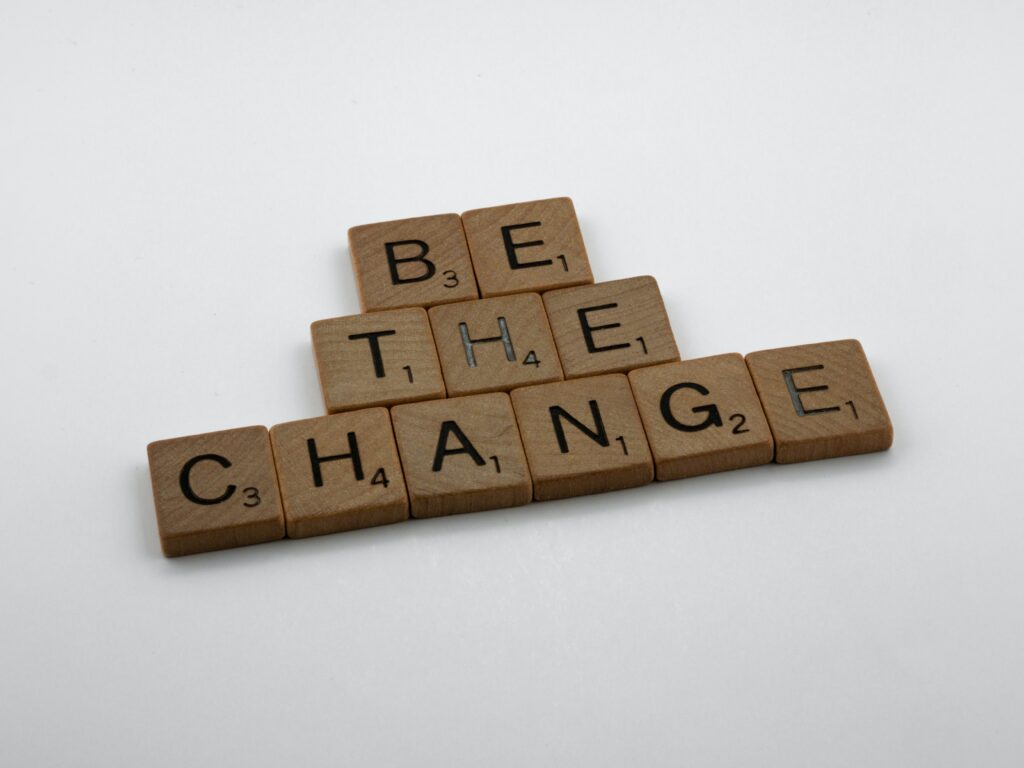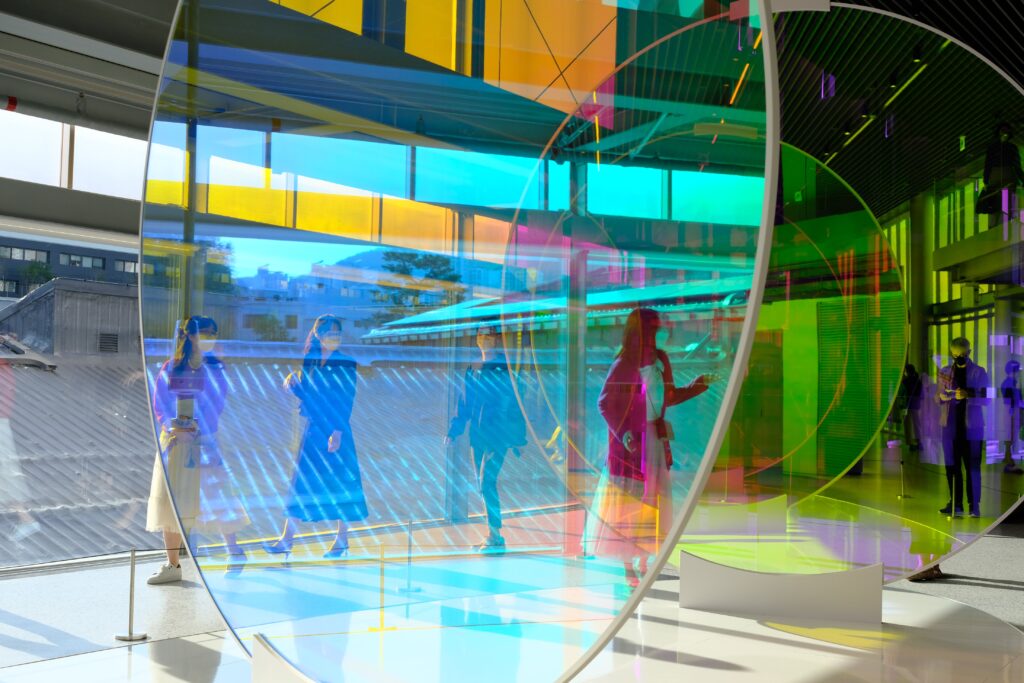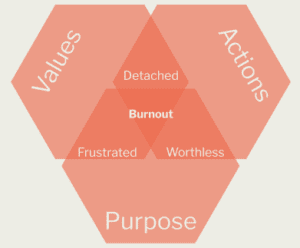
Understanding Modern Workplace Cultures
What is a Workplace Culture and what types of workplace cultures are there?
A workplace culture encompasses the system of ideas and ideals that determine policy and ethics in your organisation. Things like traditions, attitudes, interactions, values, behaviours and ethics.
According to the Harvard Business Review, ‘Great culture should provide continuous alignment to the vision, purpose, and goals of the organisation.’
So where did the concept of workplace culture originate?
In 1951 Elliott Jacques wrote a book called The Changing Culture of a Factory
This book describes organisational culture as being “customary and traditional ways of thinking and doing things noting that new employees must learn to adopt them sufficiently to gain acceptance in the organisation.”
A review of Jacques book in the Australian Quarterly in March 1952 describes the need for organisations to “have thought about the social stresses involved in any organisation” and the concept of developing “social skills and social organisation capable of providing people with a satisfying working life within a competitive industrial society”. Its fascinating to see how far we have come since the beginning of the 1950’s when the recognition of a satisfying work life balance first came into play. Since then there has been a plethora of models and theorists that seek to explain the concepts of organisational culture and how best to cultivate a healthy one. The most well known of these are those created by Handy, Schein and Hofstede in the 1970’s and 80’s.
Handy believed there were 4 types:
- Power culture: top down model. This type of workplace culture can often be seen in small businesses where the founder remains in control.
- Task culture: Teamwork over individual objectives – expertise is more important than level of seniority.
- Person culture: Less interest in hierarchy, Individuals work independently and the organisation’s aim is to support them or further their interests.
- Role culture: Hierarchy reigns supreme – roles and responsibilities very clearly mapped and followed.
Schein then looked at how the different facets of culture are influenced and decided that there were 3 pyramid levels:
- Artefacts: Dress code, job titles, office furniture, facilities and behaviours.
- Espoused values: Values, vision, mission and how employees say they behave.
- Assumptions/underlying beliefs: These are the values that are difficult to measure – i.e an employee understands that remote working is allowed, but a belief that in order to get ahead – they they need to be present in the office.
Hofstede then proposed that societal values influence the culture of an organisation and the behaviour of its employees and suggests there are 6 factors that influence organisational culture:
- Power distance index: This refers to the level at which power is accepted. Employees accept the hierarchical structure if the power distance is big and they question inequalities in power if the distance is small.
- Masculinity v femininity: This refers to the values that are considered important in the organisation. I.e – masculine values such as achievement, heroism, competition, and assertiveness, or feminine values such as cooperation, modesty, consensus, and overall quality of life.
- Individualism v collectivism: This is about an organisation that has a collective focus on decision making and a holistic approach to supporting each other vs a more self supporting and individualistic approach.
- Uncertainty avoidance index: An organisation whose employees are risk averse and shy away from change and ambiguity as opposed to teams who are more flexible and embrace courageous and creative ideas.
- Long-term orientation v short-term orientation: Organisations that look ahead to milestones and rewards, or those that focus on the now, with a fear of rocking the status quo.
- Indulgence v restraint: This was added to Hofstede’s model in 2010. There’s either a focus on individual happiness, empathy is present and vulnerability embraced or emotions are restrained and personal conversations discouraged.
Many of the other models that have appeared since the 70’s have similar patterns and focus, but we like the simplicity of the 4 styles of organisational culture described by Kim Cameron and Robert Quinn from the University of Michigan: They believe that there are 4 types:
- Clan: An organisation that focuses on team relationships, wellbeing, collaboration and has a nurturing attitude to its employees. This culture breeds empathy, trust and an inclusive, supporting atmosphere. This model embraces change and accepts failure as learning. It sounds idyllic, doesn’t it? It is to a certain degree. Employees will feel supported, valued and prepared to go the extra mile for their ‘family’. However there are some disadvantages to a Clan culture which may start to appear as the organisation grows; this horizontal type structure means that there could be a lack of clear direction and strong leadership. ‘Hard’ decisions may not be handled with assertiveness and personality clashes might manifest where responsibilities aren’t clear.
- Adhocracy: This is a culture that loves to fly in the face of adversity. It embraces change, celebrates innovation and risk taking and adopts a courageous and energetic attitude to relationships and team building. This culture can fail fast but rise above the flames and take on the learnings with style. Thos model builds confidence in its employees and rewards creativity. The downside to this culture is that competitiveness can cause apathy in those who cant keep up with the pace. The risky, fast paced attitudes can cause stress and anxiety and although recovery from failure can be productive – it can take its toll on individuals and reputation.
- Market: Brace yourselves. You are going to need nerves of steel to thrive in this aggressive and results driven culture. Here you need stability, clear and robust boundaries and those all important targets set and adhered to in order to get the ambitious desired results.Its outward focussed and all about the big win. This can be a very motivational and rewarding environment; one that encourages competition and career development but it can also be a big contributor to burnout. It can stifle collaboration and damage solidarity.
- Hierarchy: Here we find the traditional corporate top down structure of formality. Efficient, organised and linear. There’s no risk-taking here, it’s all about sailing straight and steady with clear direction. Although it can appear stuffy and outdated, its the perfect working environment for those who need security and routine. There’s a clear and fair path for promotion and the intention is for steady growth that is borne of incremental change.
As you can imagine the danger of this culture is that it can become stagnant, rigid and controlling. Within this environment it is a struggle to implement any flexibility and creativity and spontaneity breed fear rather than grow innovation. It’s much harder for the organisations to adapt to unforeseen circumstances and promotion is often through familiarity bias rather than merit.
Why does cultivating a positive workplace culture matter?
We are currently facing a challenging trading environment in a VUCA world. The younger generations who are leading us through this volatile era need more than a desk with a view and a paid tea break. So, unless we address the needs of those who make our businesses work, we may well not make it through. Those organisations who will survive, will be putting money last and employee satisfaction first. Jane Ferré, UK executive career coach, comments that “Those who will survive are the companies who take the time to onboard new hires effectively, offer flexible working arrangements that work for both the company and the employee and offer professional developmental opportunities to help their teams grow in their current role and prepare for bigger roles.”
So how do we fix a negative workplace culture or improve the one we have?
If you can understand where you are now and where you then want to be, the road between the two is clear, so identify your current cultural type and take a close look at the strengths and weaknesses of your organisation internally as well as externally. Are you up to date with marketplace trends? Do you have someone who is keeping track of the accelerating rate of change and able to implement ideas and solutions to those developments? The easiest and quickest way to understand your own organisational culture is to observe your employees and listen to the language of your operation. What is it that your high performing employees have in common?
Once you know where you are you can begin to design what the ultimate goal looks like, think about why it might fail, who your stakeholders are and how you are going to influence them to accept the change. Paint the picture of what ‘done’ looks like and get the right people on board to help you achieve it. Then it’s time to map out the road to cultural transformation; the projects, milestones and tasks and the timeline to keep the momentum in check.
To help with that journey, we believe that there are 5 steps to cultural transformation:
- Define your core values: Work together with your senior leaders to find values that mean something to them as individuals, so that they are able to filter these down to their teams and ensure that those values are lived and breathed through all areas of your business. Ensure those values are joined up, and make sense as part of the journey towards the ultimate goal.
- Leadership buy-in: Make sure that you have complete buy-in from your senior teams and that they understand the reasoning and motivation behind the shift in culture. Ensure that they are clear about their role and have the tools they need to support the change. Keep communication regular and clear and don’t lose sight of the people who you are making the change for.
- Employee engagement: Include everyone in your vision and the reasoning behind your decision making. Use the talent you have and keep the communication lines open. Make room for discussion, for feedback and keep in mind the ‘why’. In the words of the 2021 Deloitte Global Human Capital Trends report: “By linking the deeds of individuals at any level to larger goals, leaders can give meaning to even the most ordinary actions.”
- Diversity, Equity and Inclusion: Without diversity, there can be no colour and energy to your culture. Encourage debate and differences to find mutuality. Remind your teams of the united goal and how each one of them contributes to achieving it. Create a recruitment policy that supports a consistent, fair and robust approach
- Planning: There is no quick fix here. It’s going to take time to get everyone on board. In order to keep focussed on the road and the goal, you’ll need to monitor and reflect on each step. Don’t rush into decisions without collaborative and inclusive discussion and clear objectives.
Need some help to implement the change?
At The Hive, we specialise in guiding organisations through successful cultural transformations. Our passionate, highly skilled, and professional team of leadership, culture change, and sales facilitators, trainers, and coaches believes in the power of collective intelligence to unlock the potential of alignment and deliver sustainable results.













































